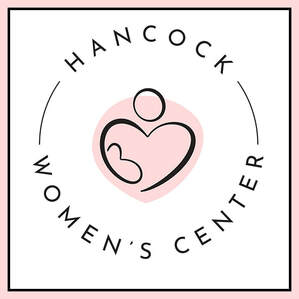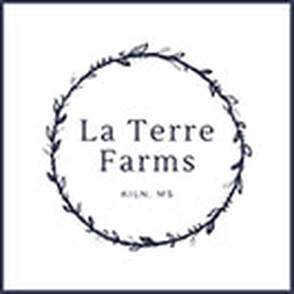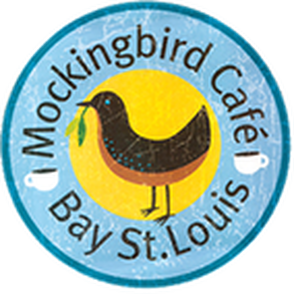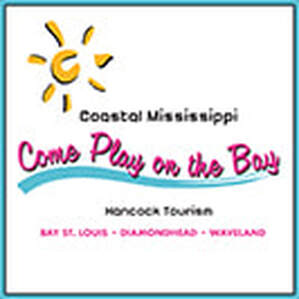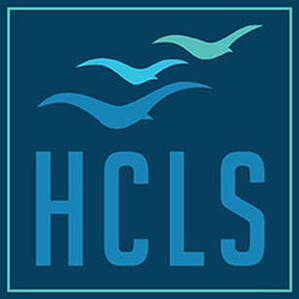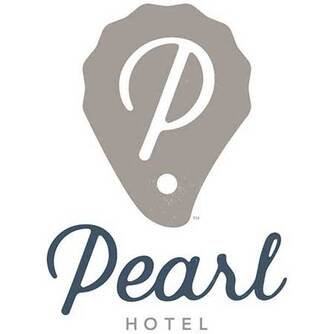This is the final written installment of a larger project focusing on art within place. As the culmination of this project, several local artists were asked to create art from nature and exhibit their pieces at the Magnolia Bayou Art Project, taking place at 100 Men Hall on March 23, 2024.
- by James Inabinet
Editor's Note: This is the final installment of a multi-part series. Earlier installments can be found here:
Download a flyer for the Magnolia Bayou Art Project here.
“Art reveals the hidden laws of the world which, without art, would remain invisible." [Goethe]
The Magnolia Bayou Estuary drains parts of Bay St. Louis, most noticeably some of the city’s southeast. The bayou enters St. Louis Bay next to the yacht club, where remnants of a canebrake surround the bayou’s mouth. It is home to egrets, swamp rabbits, willets, fiddler crabs, and red-winged blackbirds, to name a very few. Over the years, I have watched houses and yards replace parts of the living drainage basin with impervious slabs and asphalt roads. Estuaries like Magnolia Bayou are crucial to the life of the Bay and the sound itself. The future of this estuary will be decided in the next decade or two – or perhaps not decided. Inertia, more than planning, seems to drive development as the city gentrifies and sprawls. The upshot is: What will be the future of the estuary? A group of 24 local artists with the same question have cooperated to create art inspired by the living watershed. To foster this inspiration, the process has become a pilgrimage, a “journey into the unknown in search of new or expanded meaning.” Our unknown was the estuary itself and our growing relationship to it, physically and spiritually. From this perspective, the intended art was created in a “co-creation” with place. By establishing the journey as a pilgrimage, the space itself became increasingly numinous, bearing a strong spiritual quality that initiated heightened focus and awareness as well as strong feelings and emotions that were just as important to the participant as seeing or even being. With attention and care, the artist looked with awe as she regained some sense of a child’s way of seeing that ever finds the extraordinary in the ordinary. In such a milieu of attention and care, the imagination rises and comes to rest [I think] just beneath the surface of consciousness as a supplement to what we see – and there’s more than meets the eye, because things are ever more than what they seem to be. Indeed, things are more than what they are! Imagination is not satisfied with our first sense of reality. Animated filmmaker Hayao Miyazaki declared, “Reality is for people who lack imagination.” With an active imagination, we dive deep into the other, into what’s beyond and beneath the dense skin of appearance, until we reach a sort of “soul-space,” something felt rather than seen. In this space of soul-meets-soul, reality becomes more porous, not so rigid perhaps, or not quite congealed – in a word, unfinished. The German poet Novalis said that genius is precisely this state of being, knowing, and seeing that treats products of the imagination as real. I think this produces the best art, a collaboration between the artist and the imagination and, in this case, between artist and place.
In the process of our pilgrimage, we performed “assays” of the place, sitting and looking, walking around, getting to know the place from different perspectives and in different ways. Meditation and prayer were also used; after all, it’s a pilgrimage! We made sacramental “prayer sticks” and used buffalo horn prayer beads to aid in the process, all so that we might put ourselves in the path of a communion experience.
How do we translate that “communion experience” and its deep feelings of emotion and feelings of care into art? This was a pilgrimage as well. Joseph Campbell said that ritualizing a process helps us to “remember to remember.” That was the goal here: to activate something within ourselves that reflects deep meanings received from the place, and, by remembering, make a piece of art that can embody that. So, the overarching goal of the project was to have a communion experience and then translate those feelings and emotions into art, and, if our art is good enough, if the exhibit is arranged in a way that fosters it, and if prospective patrons are prepared to receive, perhaps – and it’s my hope – they will feel a sense of communion with the estuary! The exhibit itself and its viewing will become a pilgrimage for patrons as well! To wit, on March 23, there will be an exhibition of art inspired by nature, the Magnolia Bayou Art Project, at the 100 Men Hall, 303 Union Street, Bay St. Louis, MS. The exhibition will take place between 5:00 and 8:00 pm and will be free and open to the public. I return to the question posed earlier: What will be the future of the estuary? In addition: How is this project relevant to that question? It has been well documented that deeply felt experiences with nature lead people to extend the care they show their homes to its outside – the natural world. If the initial communion experience can be translated from artist to art and then to viewer-become-participant, the experience of that art by relatively uninvolved patrons may be tantamount to a deep experience and connection with the place – the estuary itself! In such a case, the viewer would be transformed in much the same way as the artist, a transformation that can lead both patron and artist to become better, more caring stewards of the place we live. This is my greatest belief: Through strengthening our relationship with place, we may begin to truly begin to care for it. Maybe this will help us when we actually decide what the future of the estuary will be. “The artist is not a person ... who seeks his own ends, but one who allows art to see its purpose through him.” [Carl Jung] Enjoy this feature?Comments are closed.
|
Categories
All
Archives
July 2024
|
Shoofly Magazine Partners
Our Shoofly Partners are local businesses and organizations who share our mission to enrich community life in Bay St. Louis, Waveland, Diamondhead and Pass Christian. These are limited in number to maximize visibility. Email us now to become a Shoofly Partner!

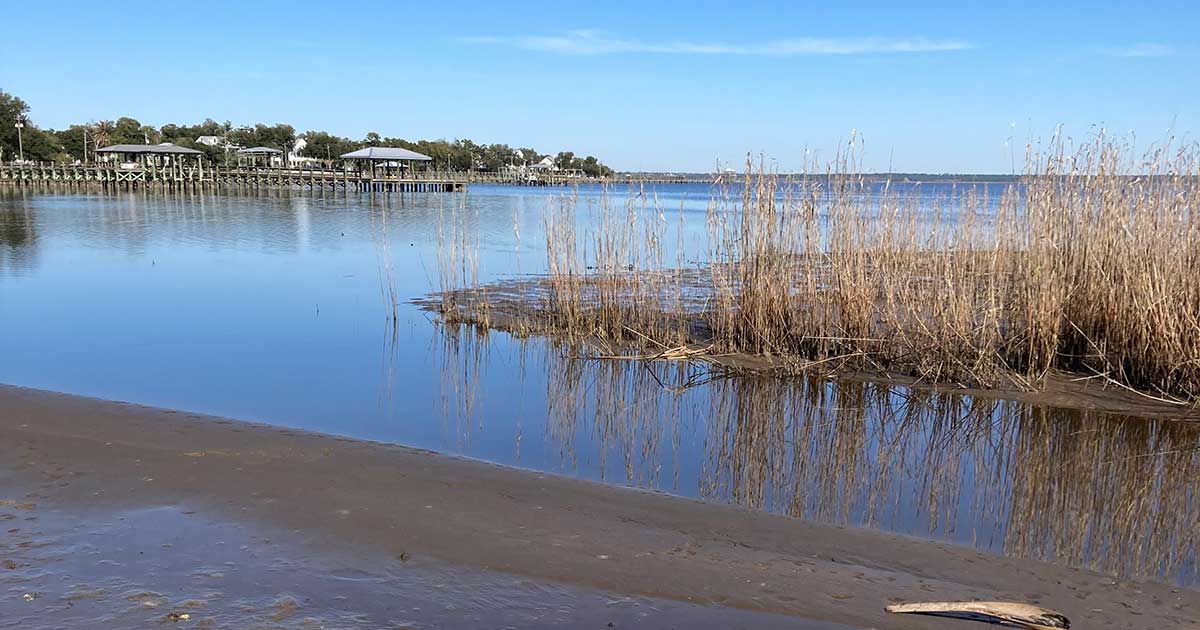
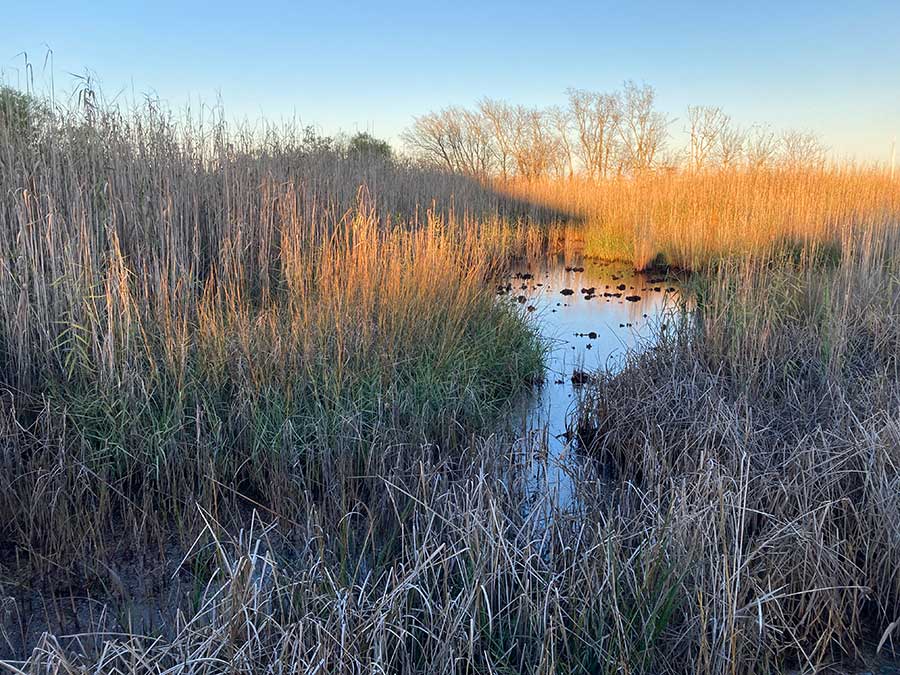
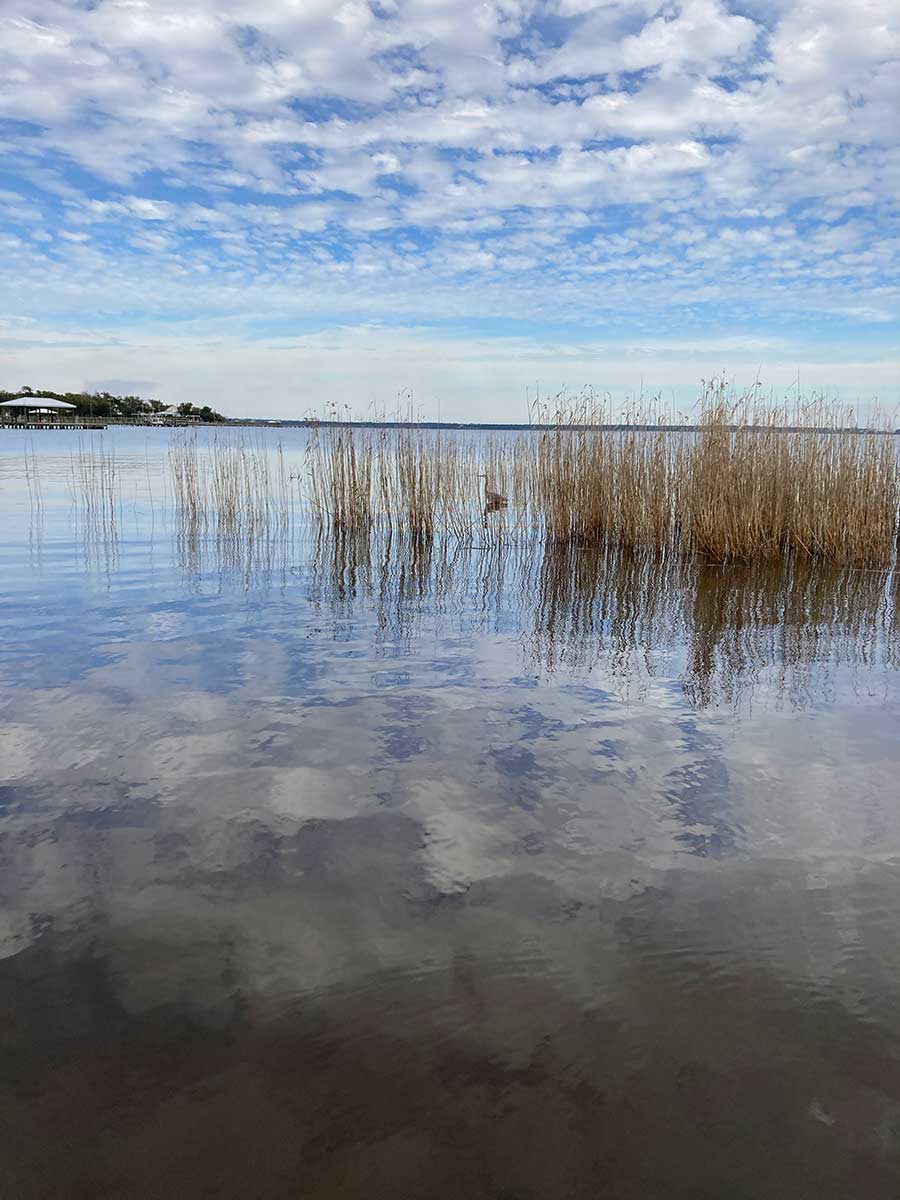
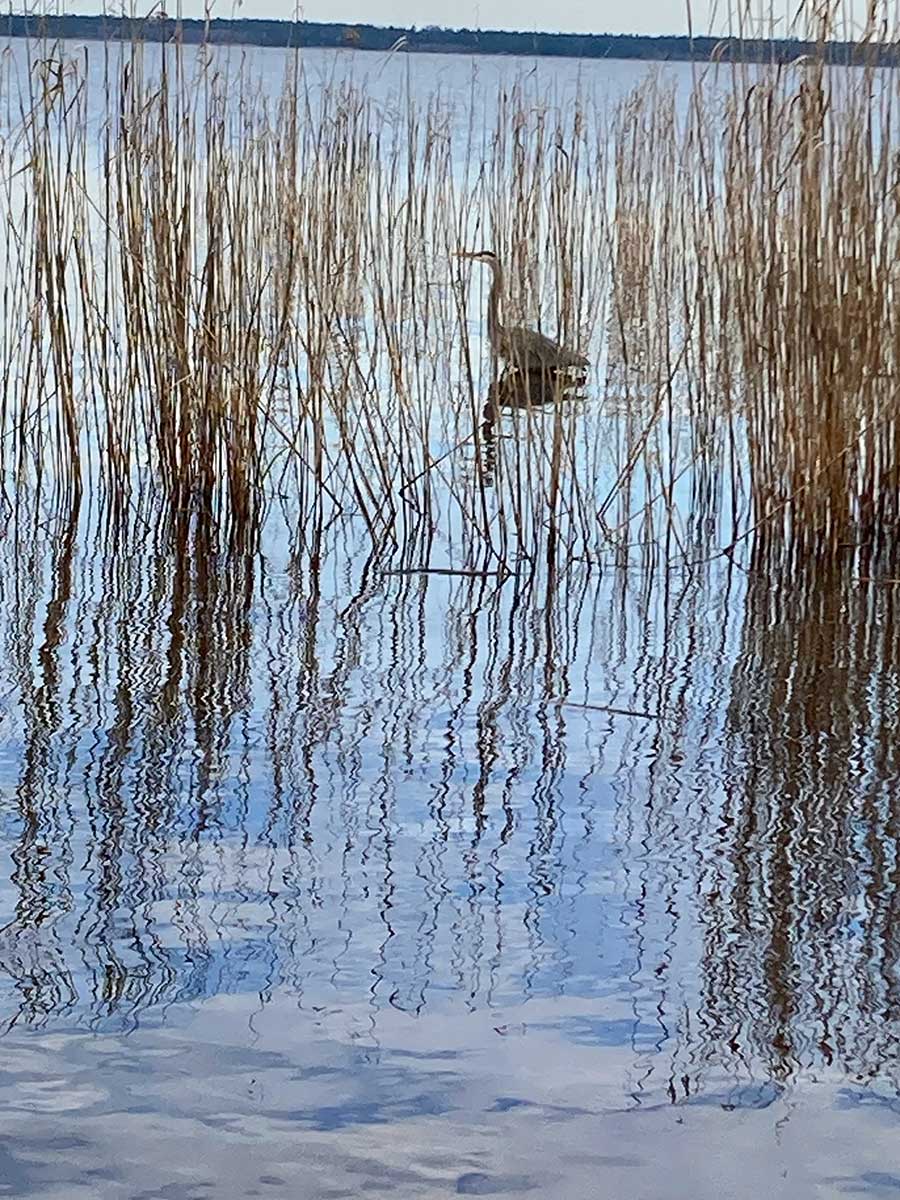
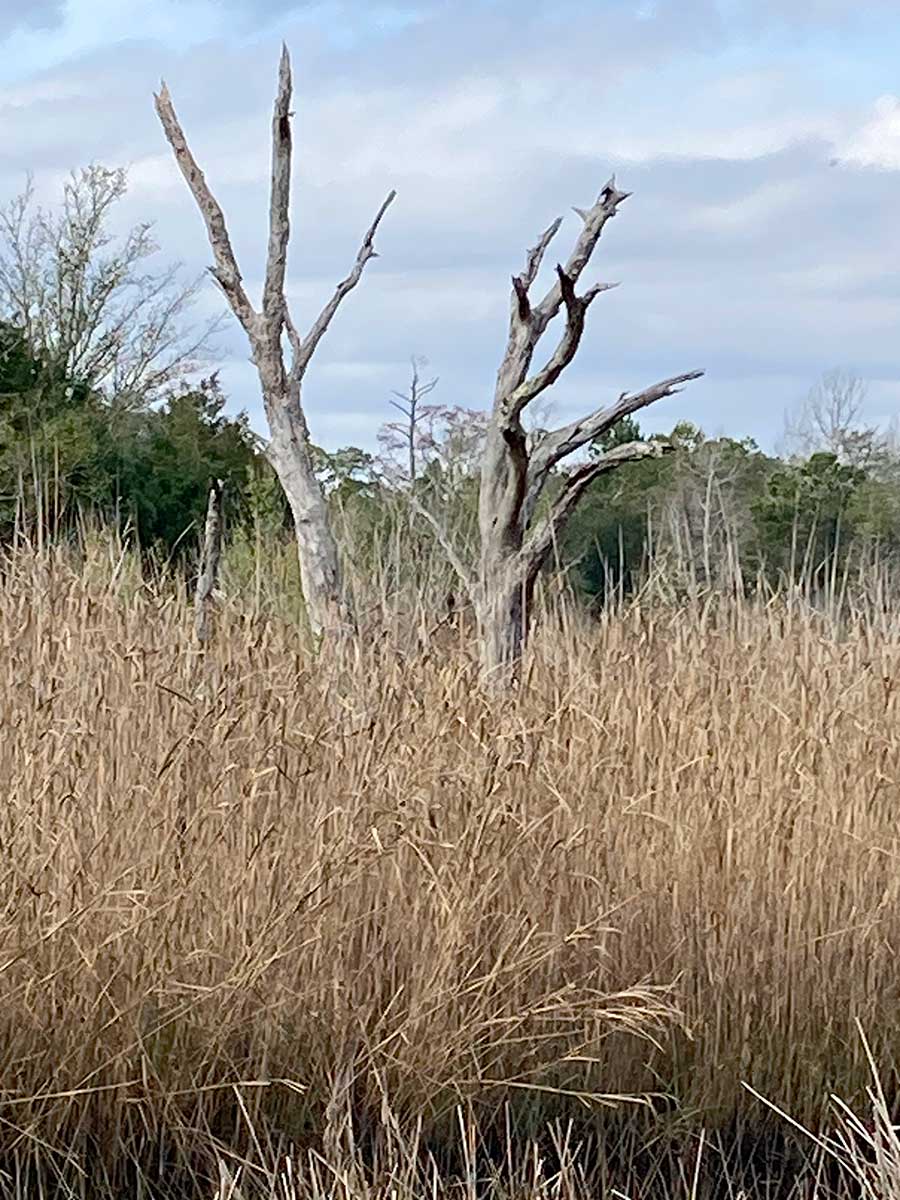





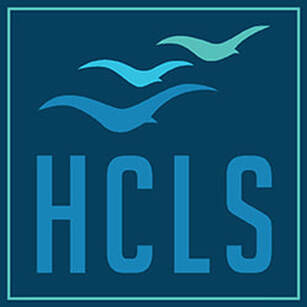
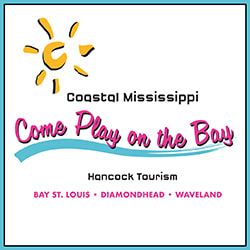






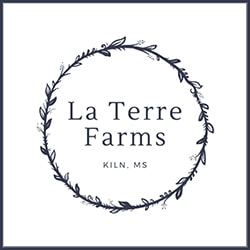








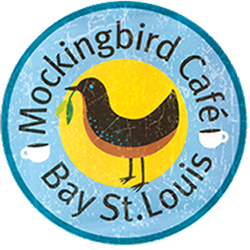

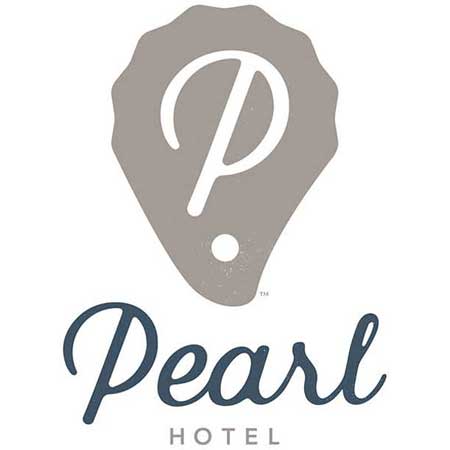
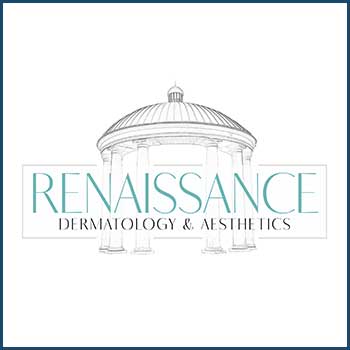

 RSS Feed
RSS Feed
